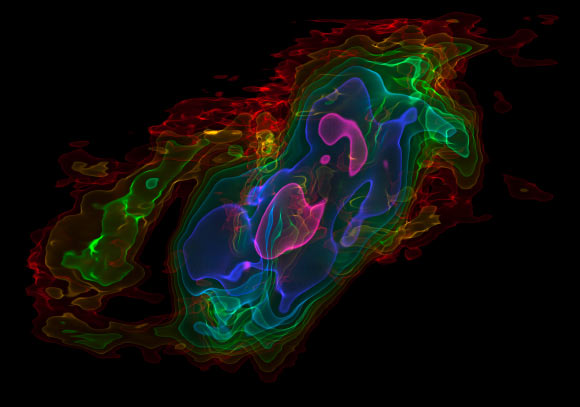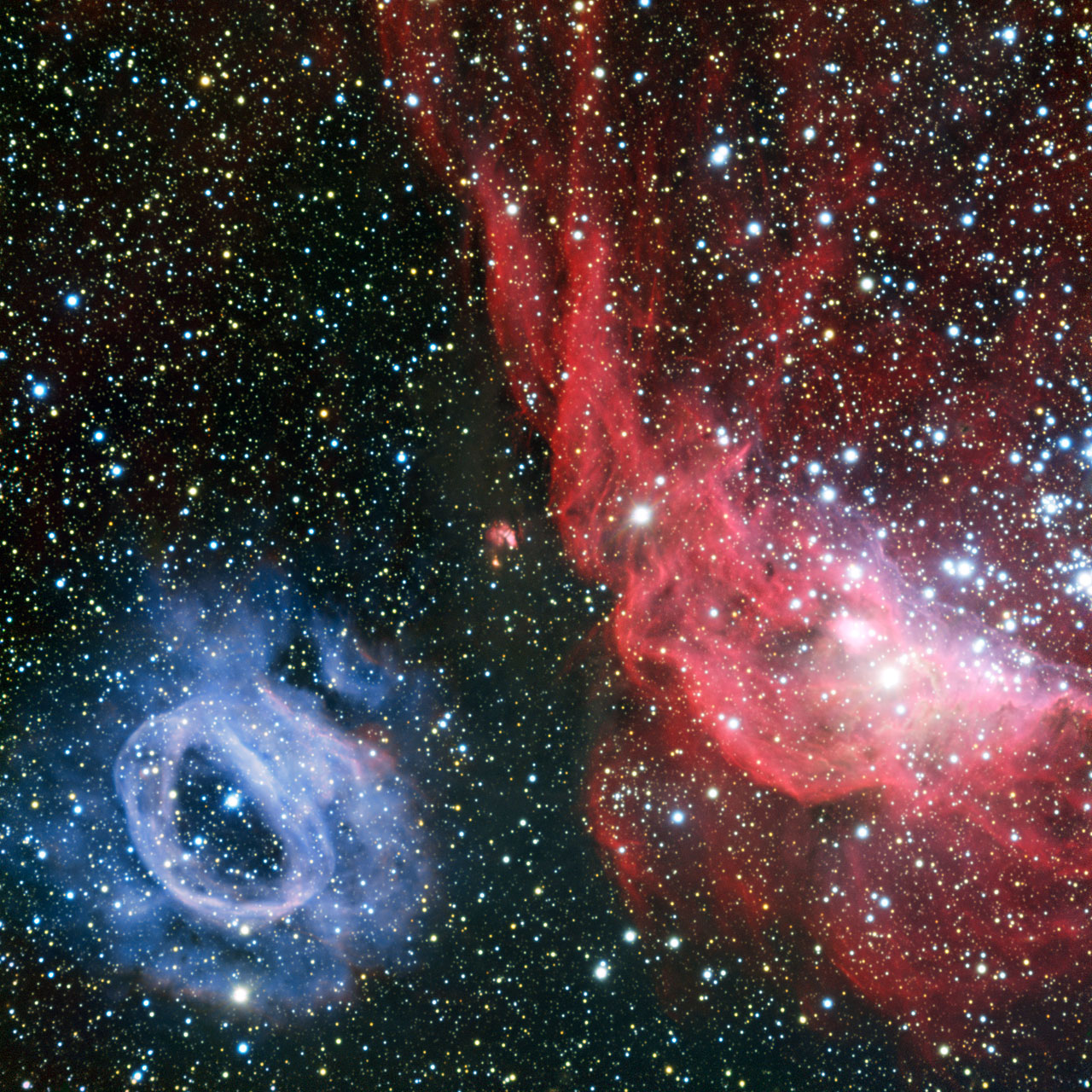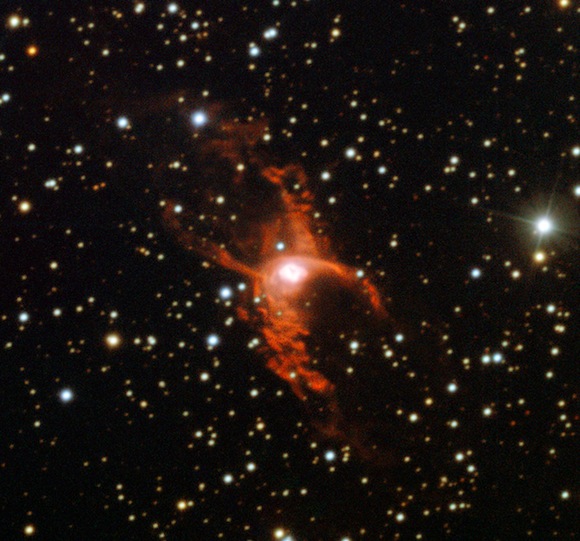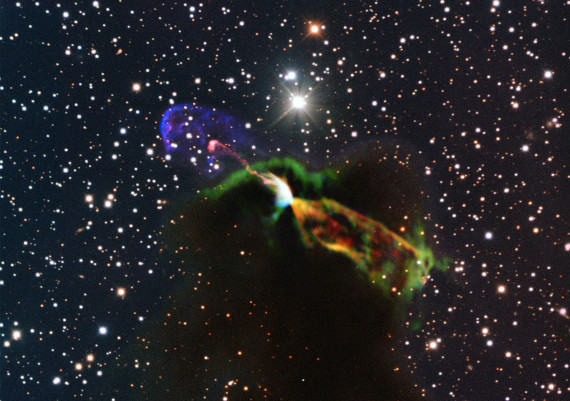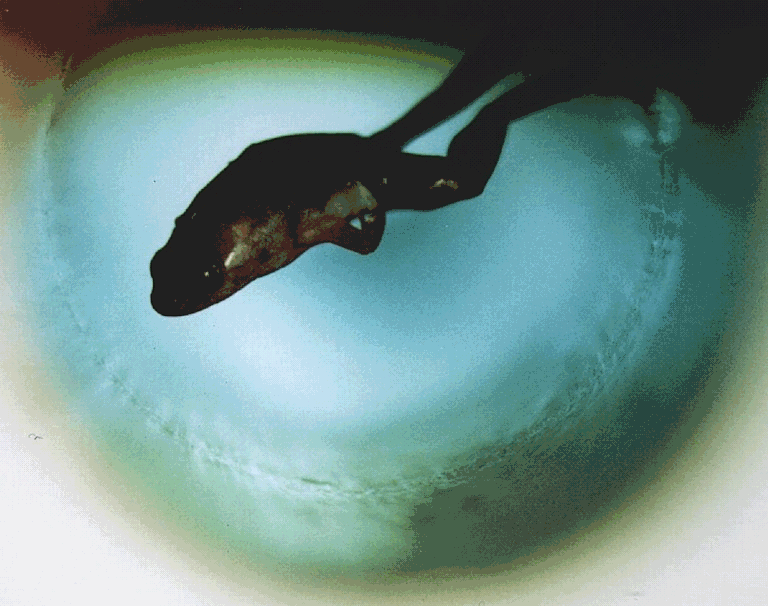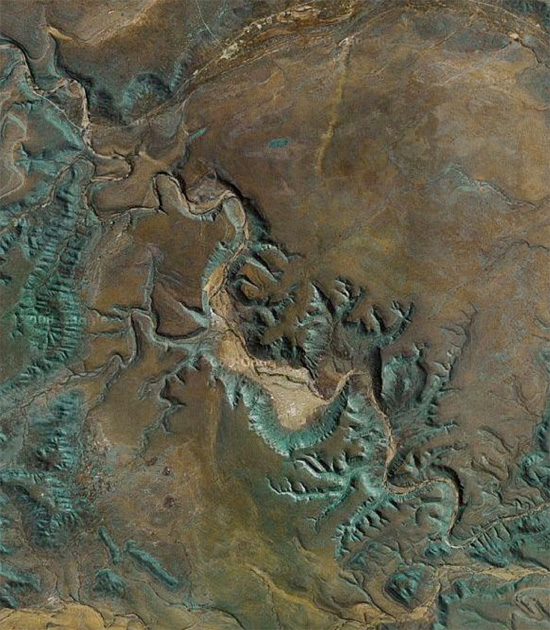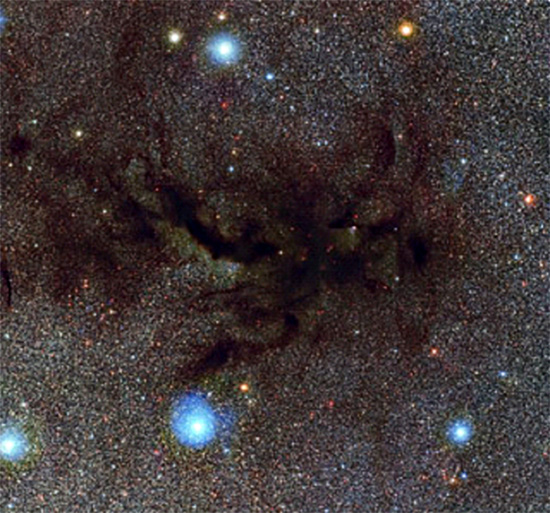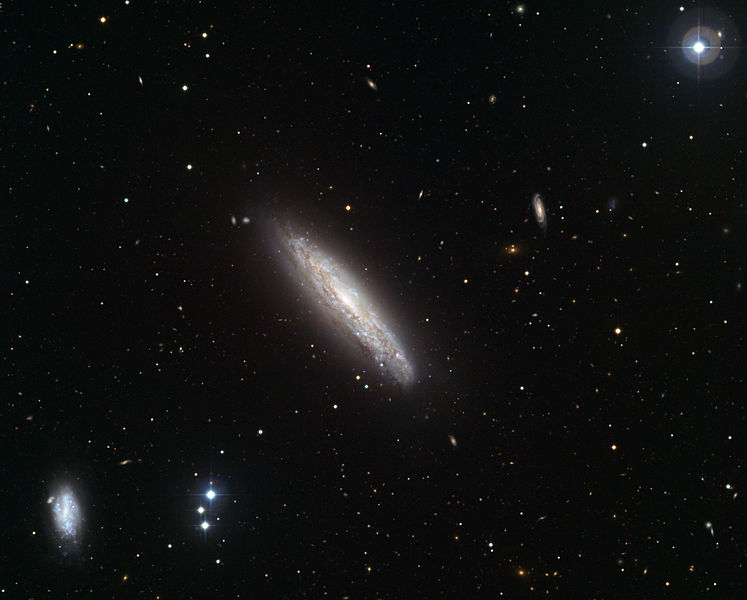Moving Beyond Falling

Nov 01, 2013 It’s exciting to discover a new idea that explains more facts with more unity than previous ideas. It’s exhilarating to discover two such new ideas that interact to reveal opportunities previously unimaginable. That’s what happened with heliocentrism and gravity. Copernicus’ idea that the planets moved around the…





